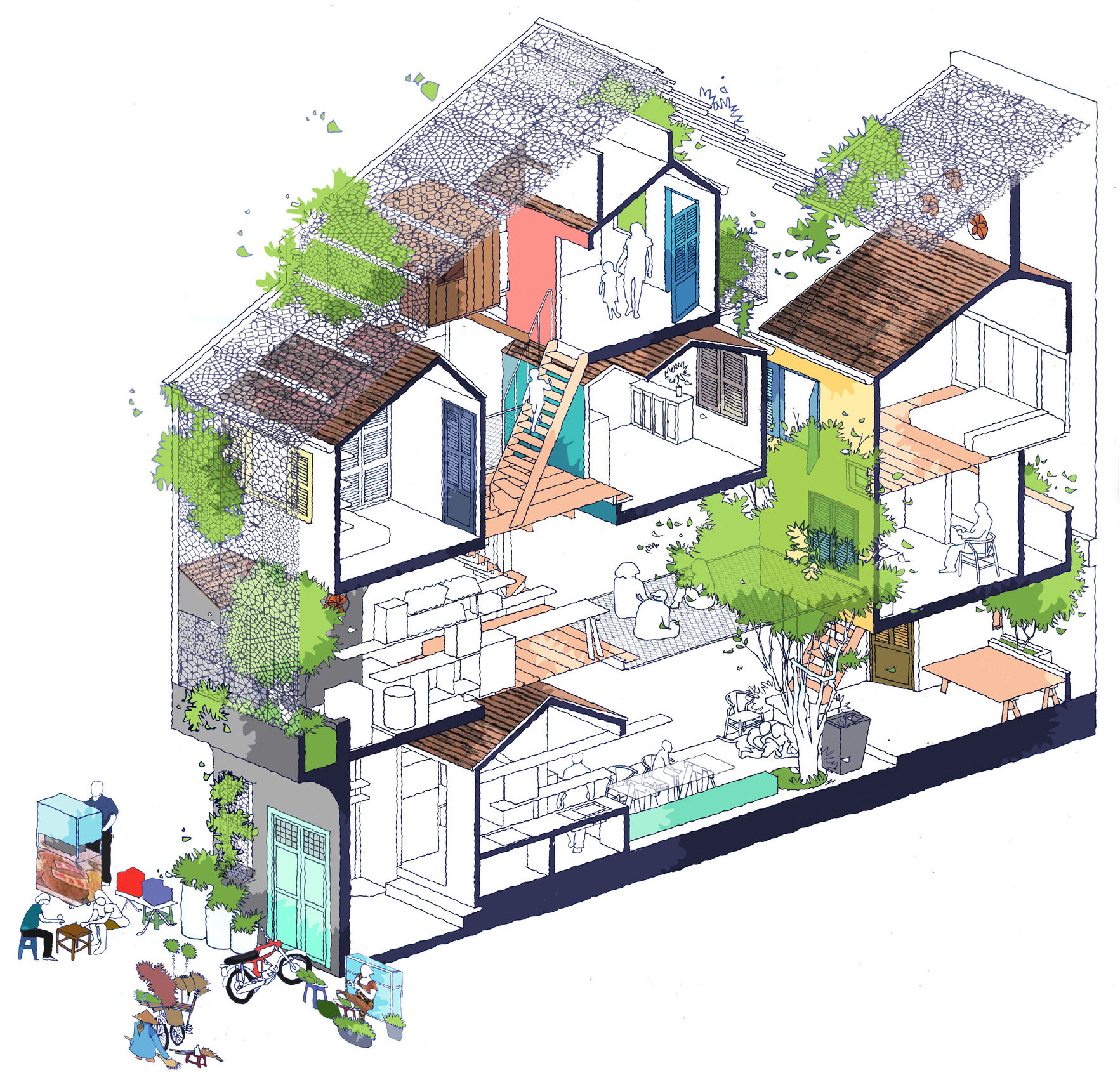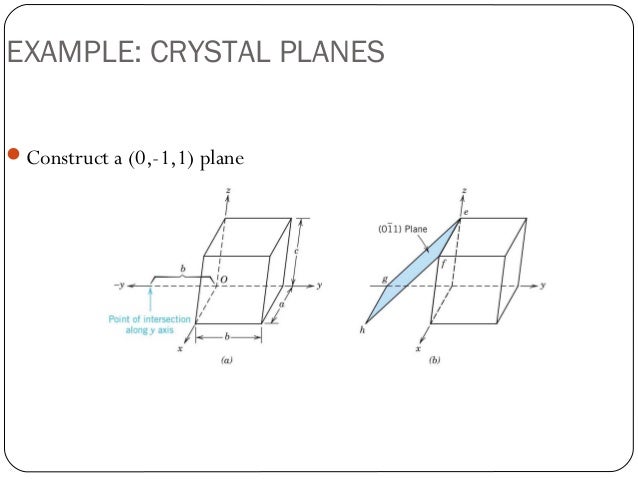Image result for glass construction drawing hatching
Table of Contents
Table of Contents
When it comes to architectural drawing, representing glass can be a challenge because it requires attention to detail to accurately depict the way light interacts with glass surfaces. But fear not, understanding how to represent glass in architectural drawing can be achieved with the right techniques and practice.
Pain Points Related to Representing Glass in Architectural Drawing
Architectural drawing requires precision and technical skill to create a visual representation of a building, and representing glass can be one of the more difficult elements. Glass is a transparent material that often reflects its surroundings, so it can be challenging to accurately depict its appearance in different lighting conditions. Additionally, glass can be used in a variety of ways, such as as window panes, doors, and skylights, each requiring different techniques to represent in a drawing.
How to Represent Glass in Architectural Drawing
To successfully represent glass in architectural drawing, it is important to pay close attention to the way light interacts with it. Understanding the principles of light and shadow is crucial for creating the illusion of depth and dimensionality in a drawing. Another important factor is to use the right materials such as pencils, transparency or tracing paper, and erasers that allow you to capture the lightness, transparency, and reflectiveness of glass without smudging or leaving marks on the drawing surface.
Summary of Main Points
Understanding how to represent glass in architectural drawing requires attention to detail, knowledge of light and shadow principles, and the use of appropriate materials.
The Importance of Glass in Architectural Drawing
As architects and designers, we often rely on glass to make buildings more functional and visually appealing. Glass provides a connection between the indoor and outdoor environment while allowing natural light to enter a building. It is also used to create unique structural forms, such as glass facades, skylights, and atriums. Representing glass accurately is crucial to conveying the intended design and ensuring the building functions as intended.
Techniques for Representing Glass in Architectural Drawings
To accurately represent glass in architectural drawing, it is important to use the right techniques. One effective way is to use hatching and crosshatching to create the illusion of texture or shading. Another method is to use colored pencils to represent reflections and the unique qualities of different types of glass. It is also important to consider the direction of light, as this will affect the way the glass appears in the drawing.
The Role of Technology in Representing Glass in Architectural Drawing
Advancements in technology have made it easier to represent glass in architectural drawings. Programs like SketchUp and Rhino provide designers with the ability to create 3D models and renderings that accurately depict the way light interacts with glass surfaces. This allows designers to see how their design will look in different lighting scenarios, and make adjustments accordingly.
Q&A
Q: What are some common mistakes when representing glass in architectural drawing?
A: One common mistake is not paying attention to the way light interacts with glass surfaces. Another is not capturing the texture or reflectiveness of different types of glass.
Q: What materials are best for representing glass in architectural drawing?
A: Transparency or tracing paper, pencils, and erasers are some of the best materials to use when representing glass in architectural drawing.
Q: How can I represent glass in different lighting situations?
A: Consider the direction and intensity of light, and use techniques like hatching and crosshatching to create the illusion of shading and texture.
Q: How has technology improved the representation of glass in architectural drawing?
A: Programs like SketchUp and Rhino provide designers with the ability to create 3D models and renderings that accurately depict the way light interacts with glass surfaces, allowing more precise representations.
Conclusion of How to Represent Glass in Architectural Drawing
Representing glass in architectural drawing requires attention to detail, knowledge of light and shadow principles, and the use of appropriate materials. With the right techniques and practice, architects and designers can create accurate representations of glass that convey the intended design and functionality of a building.
Gallery
Architectural Metal & Glass Shop Drawings

Photo Credit by: bing.com / partitions canopies railings storefronts curtain
Aluminium Frame Fixed Glass Window Design | Window Design, Glass Window

Photo Credit by: bing.com / glass window aluminium frame fixed autocad drawing plan detail elevation details architecture joinery planndesign sketch ceiling sections detailed
Architectural Metal & Glass Shop Drawings

Photo Credit by: bing.com / glass drawings shop architectural metal wall curtain windows partitions doors fabrication dimensions stair railings extensive storefronts canopies instructions includes cases
Image Result For Glass Construction Drawing Hatching | Architecture

Photo Credit by: bing.com / hatching
8 Tips For Creating The Perfect Architectural Drawing - Architizer Journal

Photo Credit by: bing.com / architizer a21studio saigon






